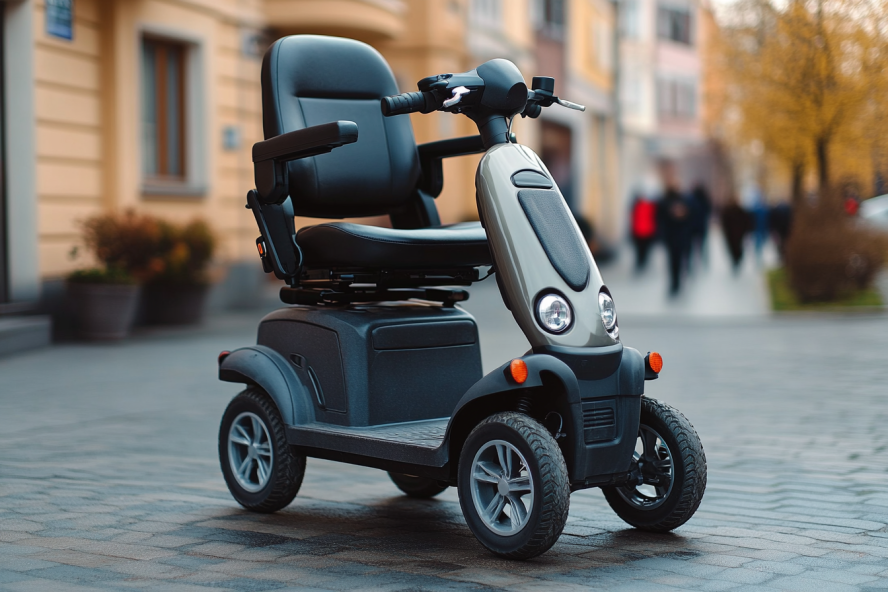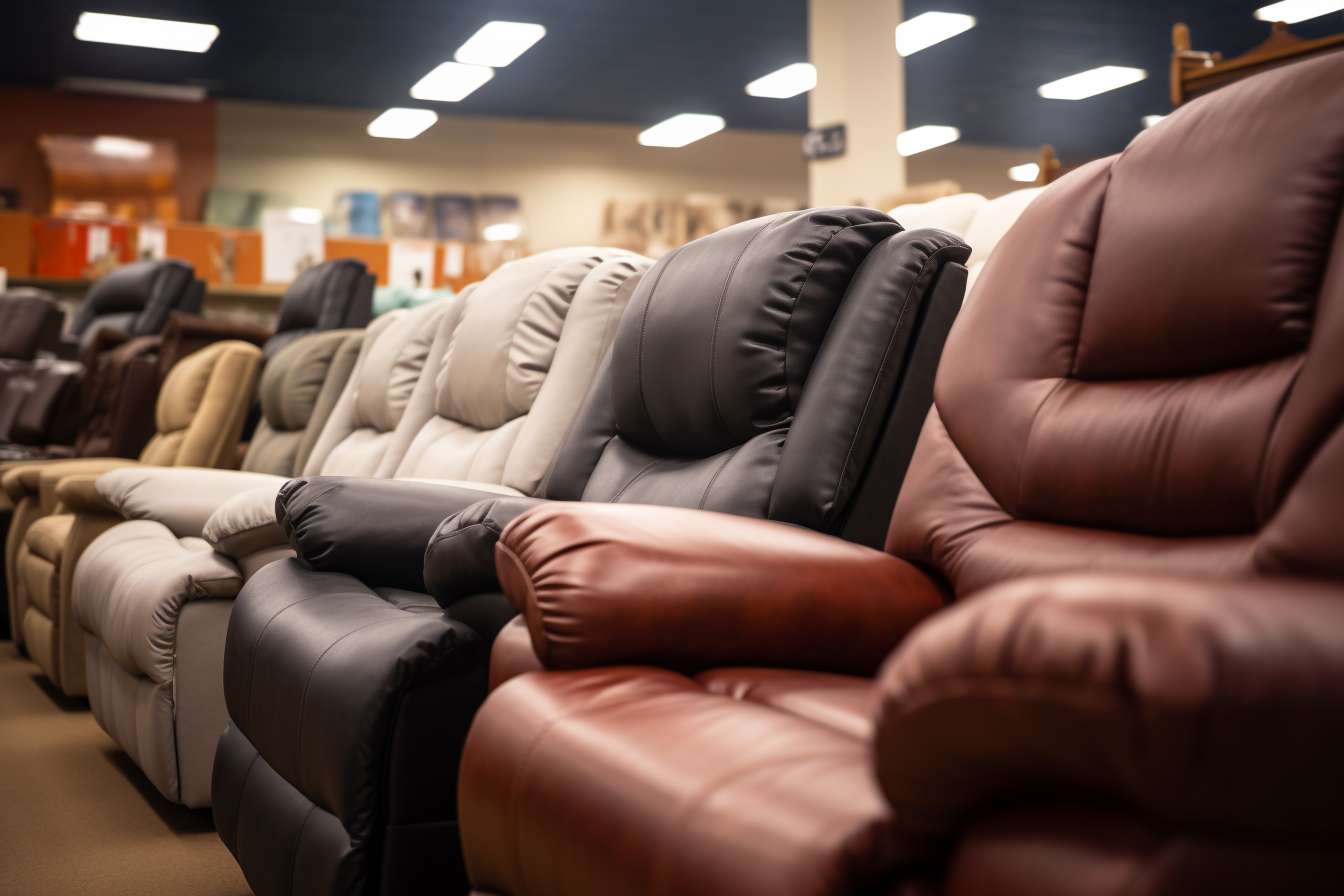Exploring Electric Wheelchair Options for Easy Transport: A Comprehensive Guide
Mobility solutions have evolved significantly over the years, with portable electric wheelchairs becoming increasingly popular for individuals seeking independence and ease of travel. These innovative mobility devices combine the convenience of power-assisted movement with designs that prioritize transportability. For users who travel frequently or those with limited storage space, understanding the various options available in lightweight, foldable electric wheelchairs can significantly improve quality of life and accessibility. This comprehensive guide explores the key considerations, innovations, and practical aspects of selecting a portable electric wheelchair that meets individual needs.

Understanding Portable Electric Wheelchairs
Portable electric wheelchairs represent a specialized category of mobility devices designed specifically for users who prioritize transportability alongside functionality. Unlike traditional power wheelchairs that can weigh over 200 pounds, portable models typically weigh between 40-70 pounds, with some ultra-lightweight options weighing even less. These wheelchairs feature foldable or disassemblable frames that allow them to fit into car trunks, be checked on airplanes, or stored in compact spaces. Modern portable electric wheelchairs incorporate lithium-ion battery technology, which provides significant power while minimizing weight and offering faster charging times compared to older lead-acid batteries. The range of these wheelchairs varies considerably, with most offering between 10-15 miles of travel distance on a single charge, though premium models may extend to 20+ miles depending on terrain and user weight.
Innovations in Electric Wheelchair Design
Recent technological advancements have revolutionized portable electric wheelchair design, making them more practical for everyday transport. Breakthrough engineering approaches include aircraft-grade aluminum frames that provide durability without excessive weight, and innovative folding mechanisms that allow some models to collapse in seconds with minimal effort. Joystick controls have become more intuitive and responsive, with some manufacturers incorporating Bluetooth connectivity that enables wheelchair control through smartphone applications. Battery technology continues to improve, with newer lithium-ion batteries offering greater range-to-weight ratios and faster charging capabilities. Smart features are increasingly common, including built-in USB ports for charging devices, LED lighting for safety, and programmable controllers that can adjust speed and responsiveness to match user preferences and environments.
Key Considerations When Choosing a Lightweight Foldable Electric Wheelchair
Selecting the appropriate portable electric wheelchair requires careful evaluation of several critical factors. Weight capacity stands as a primary consideration, with most portable models supporting between 250-300 pounds, though specialized bariatric options can accommodate higher weights. The wheelchair’s own weight affects transportability—lighter models (under 50 pounds) offer easier handling but may sacrifice durability or battery life. Battery range should align with typical daily usage patterns, with consideration for the types of surfaces routinely traversed. Wheel size and type significantly impact performance on different terrains; larger wheels generally handle outdoor surfaces better, while smaller wheels may offer tighter turning radiuses for indoor maneuverability. Dimensional considerations are equally important—ensure the wheelchair’s width fits through doorways in frequently visited locations, and when folded, confirm it will fit in vehicle storage spaces or designated storage areas.
Real-Life Case Study: Traveling with a Portable Wheelchair
Maria Rodriguez, a 67-year-old retired teacher with limited mobility due to multiple sclerosis, provides insight into the practical benefits of portable electric wheelchairs for travelers. Before purchasing her lightweight foldable electric wheelchair, Maria’s travel was restricted by the challenges of transporting her conventional power wheelchair. “The portable option changed everything,” Maria explains. “Last year, I visited three countries with my family, and my wheelchair folded easily into rental cars and hotel rooms.” Maria notes that airline travel required advance planning but was manageable—she checked the wheelchair’s battery specifications with airlines beforehand and carried documentation about her device’s battery type. Her experience highlights the importance of researching destination accessibility and having a backup power solution, such as a spare battery or portable charger. Maria recommends practicing the folding and unfolding process repeatedly before traveling and suggests bringing basic maintenance tools and the manufacturer’s contact information for emergency support.
Choosing the Right Lightweight Foldable Electric Wheelchair
The selection process for a portable electric wheelchair should involve thorough research and, when possible, hands-on testing. Begin by consulting healthcare professionals, such as physical or occupational therapists, who can provide guidance based on individual mobility needs and physical capabilities. Consider requesting in-home demonstrations from multiple wheelchair providers to compare handling, comfort, and ease of folding in your own environment. Evaluate the warranty and service plans offered—portable wheelchairs have more moving parts than standard models and may require different maintenance schedules. Investigate battery replacement costs and availability, as this represents a significant future expense. Many users find online communities and forums valuable for gathering real-world feedback from experienced users facing similar mobility challenges. Additionally, check insurance coverage options, as Medicare and private insurers have specific requirements for mobility devices, often requiring prescriptions and documentation of medical necessity.
Portable Electric Wheelchair Market: Options and Price Ranges
The market for portable electric wheelchairs offers diverse options across various price points, reflecting differences in quality, features, and design sophistication.
| Model | Weight (lbs) | Weight Capacity (lbs) | Battery Range (miles) | Folding Mechanism | Average Price (USD) |
|---|---|---|---|---|---|
| Featherlight Pro | 42 | 265 | 12 | Single-button automatic | $2,100 - $2,400 |
| TravelMate EZ | 50 | 300 | 15 | Manual folding | $1,800 - $2,200 |
| Voyager Ultra | 59 | 330 | 20 | Remote-controlled automatic | $2,800 - $3,300 |
| CompactGo Basic | 47 | 250 | 10 | Manual folding | $1,500 - $1,800 |
| Freedom Tour | 55 | 295 | 18 | Semi-automatic | $2,300 - $2,700 |
Prices, rates, or cost estimates mentioned in this article are based on the latest available information but may change over time. Independent research is advised before making financial decisions.
When evaluating wheelchair options, consider that features like automatic folding mechanisms, extended battery range, advanced suspension systems, and higher weight capacities generally increase costs. Additionally, accessories such as travel cases, additional batteries, or upgraded seating may represent significant additional expenses beyond the base price.
Portable electric wheelchairs provide valuable mobility solutions for individuals seeking independence while maintaining an active, travel-friendly lifestyle. By carefully considering factors like weight, battery range, maneuverability, and transport requirements, users can select a wheelchair that appropriately balances portability with functionality. As technology continues to advance, we can expect further innovations in materials, battery efficiency, and smart features that will continue to improve the portable electric wheelchair experience.
This article is for informational purposes only and should not be considered medical advice. Please consult a qualified healthcare professional for personalized guidance and treatment.




